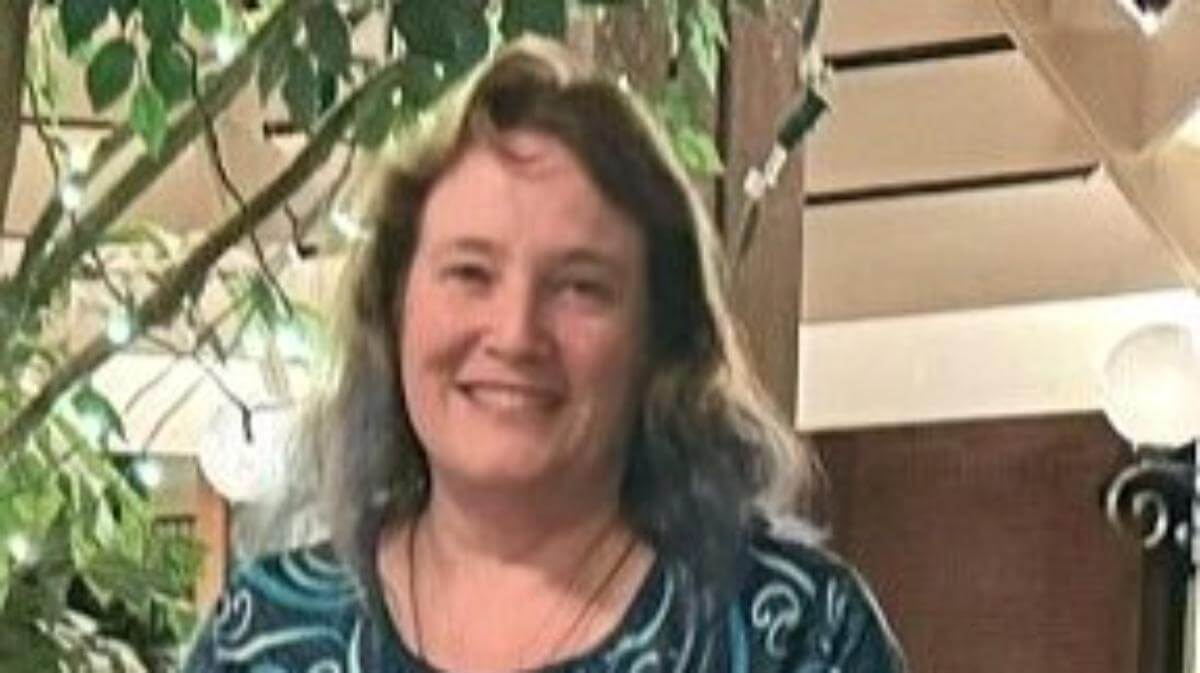
Home » Kirsten Ludwig | Nittany Mastiffs and Chinooks

Kirsten Ludwig
1. I am Kirsten Ludwig of Nittany Mastiffs and Chinooks. We are in scenic New Hampshire and are proud to own and breed Chinooks, the official New Hampshire state dog. I am also proud to serve as Standard and Judges Education Director for the Chinook Club of America. Before we started on this rare breed journey with Chinooks, we had been successful breeders of Mastiffs since 1991 with dozens of champions to our name. Currently, I have the top-winning Chinook bitch in the history of the breed who just became the first Chinook bitch to achieve Grand Champion Bronze.
2. The Chinook is a no-frills, blue-collar type of sled dog. They should be able to run on the trail for hours, and this is reflected in their fluid, effortless-appearing movement in the ring. Everything about the breed reflects their purpose, from their dense double coat with its thick, downy undercoat to their thick ear leather that resists frostbite, and the preferred dark brown eyes to help prevent snow-blinding. However, what is hinted at in the Breed Standard is their incredible disposition. They are a rare sled dog that does not have the wanderlust that other sledding breeds tend to have. They are wonderful family dogs that are loving and devoted to their families, with a real affinity for children. They simply love to work, especially if it is alongside you, as evidenced by their nonstop wagging tails and their tongues that cannot stop kissing. Coupled with this joy of working is also a contentment to just curl up on a bad weather day in your lap, or next to you on the couch, and just “be.”
3. Due to the rarity of the breed, the Chinook used to be an easy breed to find puppy homes for as there were always more homes looking than there were puppies available. But I have seen more pleas from breeders trying to find homes in the last few years. We are having to change how we look at litter planning and work to build up puppy homes before doing any breeding. It has become my mission to be a true advocate for my breed; however, I meet fewer and fewer people at shows who are there to research breeds and find breeders. When we started showing our Mastiffs in the early ‘90s, we would easily hand out a dozen business cards at a show. I cannot remember the last time I have been asked for one.
4. Nothing beyond the progress that reproductive vets have made over the years in assisting breeders to be successful in their breedings.
5. Not really.
6. Over the last thirty-plus years that we have been involved in the sport of dog shows, I have learned and experienced many things; however, nothing could have prepared me for the challenges of competing in an extreme low-entry breed. From the shear logistical nightmare of trying to find enough competition, in order to have a chance at the majors needed for a championship, to the struggles with so many judges who have never seen a Chinook in person. For some reason they cannot accept the fact that ears do not pull a sled and that there are multiple ear carriages acceptable—it has been an eye-opening journey. I have now heard everything from a judge awarding an Owner-Handled Group placement to “the little brown dog” to being told that while the judge loved everything about my dog, especially her movement, they didn’t know enough about the Breed Standard to consider a placement. Add that to the times I know that I have not gotten a look because none of my breeds are “flashy”; they are blue-collar working breed-types and are not supposed to be flashy. And some days it seems that while I pay the same entry money as everyone else, I have less of an opportunity for winning no matter the quality of my dog.
7. I am truly embracing the number of rare breeds that are being accepted into AKC competition. It is great to hope that we, as preservation breeders, can keep these breeds from going extinct. Chinook exhibitors call ourselves the “unicorn of the dog show,” as there are very few areas of the country where you can see a Chinook competing—but we are out there and we do exist. Many of us will even wear a sparkly unicorn pin as a source of pride in the challenges we encounter; challenges that we willingly face out of our devotion to our breed. It is this dedication to preserving the existence of such rare gems in the dog world that drives many of the dog fanciers who choose low-entry, rare breeds. I find that it can create a real sense of unity and teamwork within the breed as we are all working together, and that can be refreshing in such a competitive environment.
The next time you spy a person at a dog show wearing a unicorn pin, I encourage you to ask them if they have a Chinook and you may just get to meet a member of a truly rare and lovely breed.